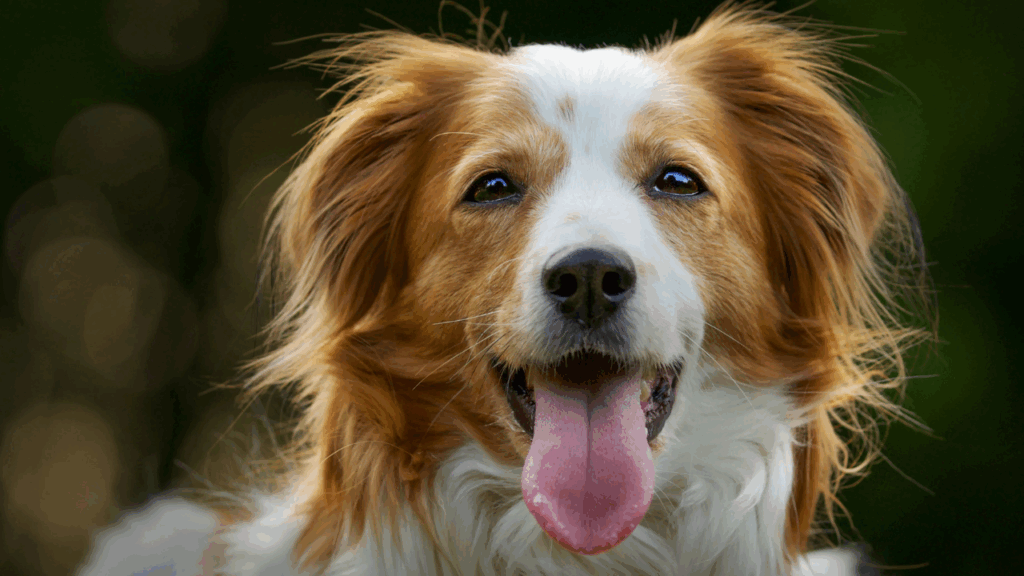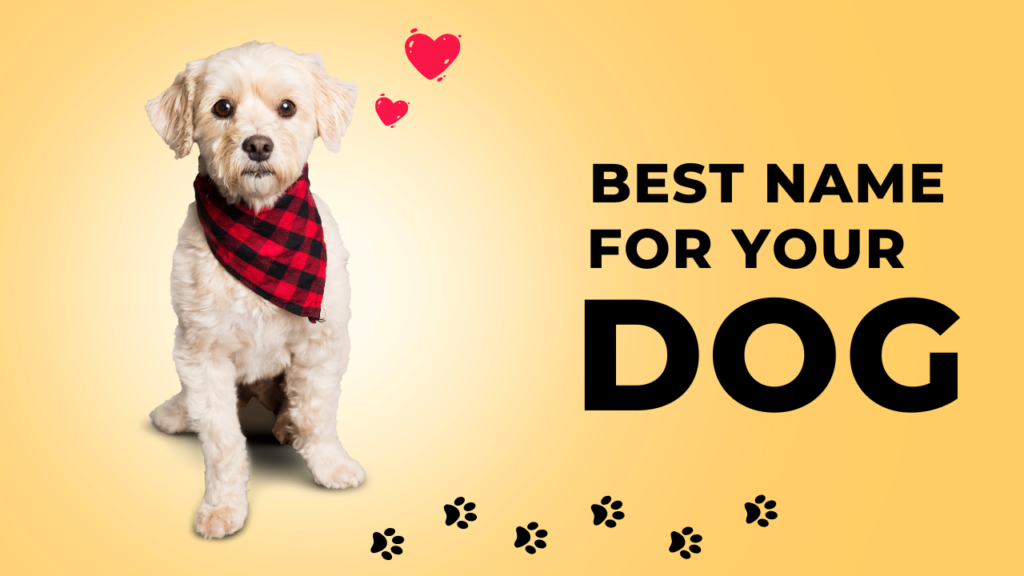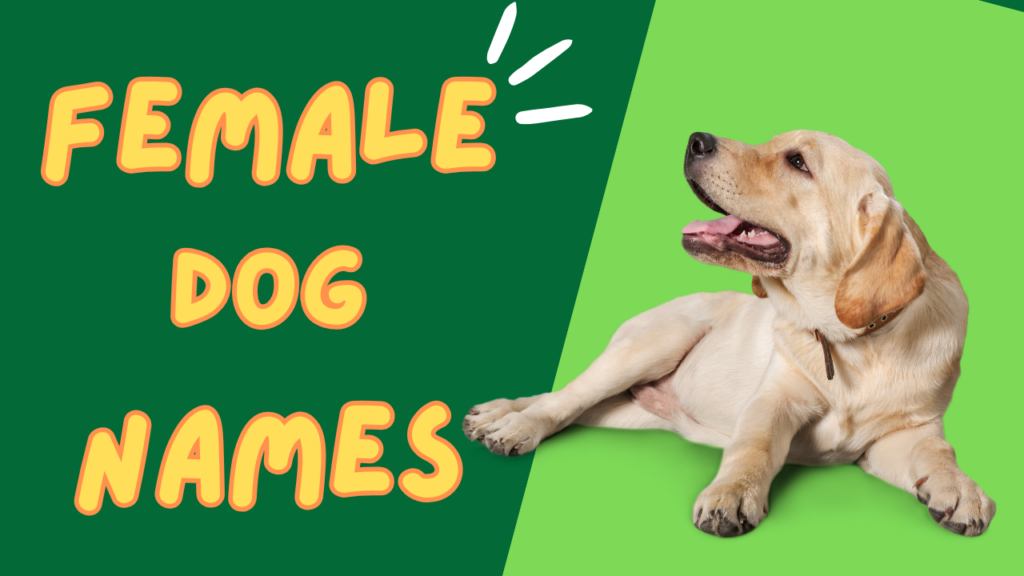The Kooikerhondje (pronounced koy-ker-hond-yuh) is a small, spaniel-type breed from the Netherlands with a cheerful disposition, a lively spirit, and an elegant appearance. Once a skilled working dog used in traditional duck hunting, the Kooikerhondje is now a rare but endearing companion, gaining attention for its intelligence, sensitivity, and devotion to its family.
Though still relatively uncommon outside of Europe, this beautiful breed is winning hearts around the world, especially among dog lovers looking for a well-balanced, trainable, and affectionate companion with a hint of history.
History and Origins
The Kooikerhondje’s roots go back to the 16th century in the Netherlands, where it was developed to work in “eendenkoois” — man-made duck trapping systems consisting of canals and cages. The dogs lured ducks into the trap using their distinctive bushy tails, a process known as “decoying,” hence their nickname Dutch Decoy Dog.
Their appearance in paintings by the Dutch Masters, such as Rembrandt and Jan Steen, proves how long they’ve been around. However, by the early 20th century, the breed nearly vanished due to modernization and the decline of duck decoying. It was saved in the 1940s by Dutch baroness Van Hardenbroek van Ammerstol, who found surviving specimens and began a breeding program.
The breed is now officially recognized by the Dutch Kennel Club, the Fédération Cynologique Internationale (FCI), and more recently, by the American Kennel Club (AKC) and UK Kennel Club under the gundog or sporting group.
Appearance
The Kooikerhondje is a small to medium-sized dog with a refined, athletic build. They possess a distinct feathered tail that is always carried level with or above the back — a feature that was essential for their duck-luring role.
Key features include:
- Height: 14–16 inches (36–41 cm)
- Weight: 20–30 pounds (9–13 kg)
- Coat: Medium-length, slightly wavy or straight, water-repellent
- Color: White with well-defined orange-red patches
- Ears: Long, with black feathered tips called “earrings”
- Eyes: Almond-shaped, dark brown, and expressive
Their elegant yet functional build reflects their hunting past while maintaining the grace of a companion breed.
Temperament
The Kooikerhondje is affectionate and loyal, especially with its family. It tends to be reserved with strangers but not aggressive, often observing from a distance before warming up.
Personality traits:
- Cheerful and good-natured
- Highly intelligent and eager to learn
- Sensitive and emotionally intuitive
- Devoted to family, often forming a strong bond with one person
- Alert and watchful without being noisy
They are playful and energetic, doing well in homes where they receive attention, structure, and stimulation. However, their sensitive side means they don’t respond well to harsh treatment — they need a kind but consistent hand.
Training and Exercise
The Kooikerhondje thrives on mental and physical engagement. Though they are naturally obedient and eager to please, their intelligence means they can become bored or even stubborn if training is repetitive or forceful.
Training tips:
- Use positive reinforcement like treats, praise, or games
- Begin socialization early, exposing them to different people, places, and situations
- Keep sessions short, fun, and varied
- Teach tricks or participate in dog sports like agility, obedience, or scent work
Exercise needs: A daily combination of walks, off-leash play, and mental stimulation will keep them happy. They enjoy swimming, hiking, and interactive games such as fetch or hide-and-seek.
Living Environment
Despite their active nature, Kooikerhondjes adapt well to apartment living if they get enough daily exercise. Ideally, they should have access to a yard or nearby park. They don’t tolerate being left alone for long periods and can develop anxiety or destructive behavior if bored or lonely.
They are typically good with children, especially those who treat them gently and respectfully. They can coexist with other dogs and even cats if socialized properly from a young age.
Grooming and Care
Their semi-long coat is relatively easy to maintain. It does not mat easily, but regular brushing helps keep it clean and shiny.
Grooming essentials:
- Brush 2–3 times a week
- Bathe occasionally or when dirty
- Trim nails regularly
- Clean ears to avoid infection
- Check for ticks or debris after outdoor play
They are seasonal shedders but not excessively so. With minimal grooming and no strong odor, they are a neat and manageable breed.
Health and Lifespan
Kooikerhondjes are generally healthy and long-lived, with an average lifespan of 12–15 years. Reputable breeders test for a few known genetic issues, including:
- Von Willebrand’s disease (a blood clotting disorder)
- Patellar luxation
- Hereditary necrotizing myelopathy
- Eye issues like cataracts
Routine veterinary care, a balanced diet, and exercise will keep your Kooikerhondje healthy and thriving.
Conclusion
The Kooikerhondje is a rare gem: a small yet capable sporting dog with a rich history, loving nature, and striking appearance. With the right environment, training, and companionship, this breed flourishes as both a loyal working partner and a devoted family member. Whether in the field or curled up at your feet, the Kooikerhondje’s charm and intelligence make it a delightful addition to the right home.

Andy Parker is a dog lover, writer, and senior editor at BarkPicks. With years of experience covering canine health, training, and gear, he helps pet parents make smarter choices for happier, healthier dogs. Andy shares his home (and heart) with two rescue pups, Charlie and Mia.



